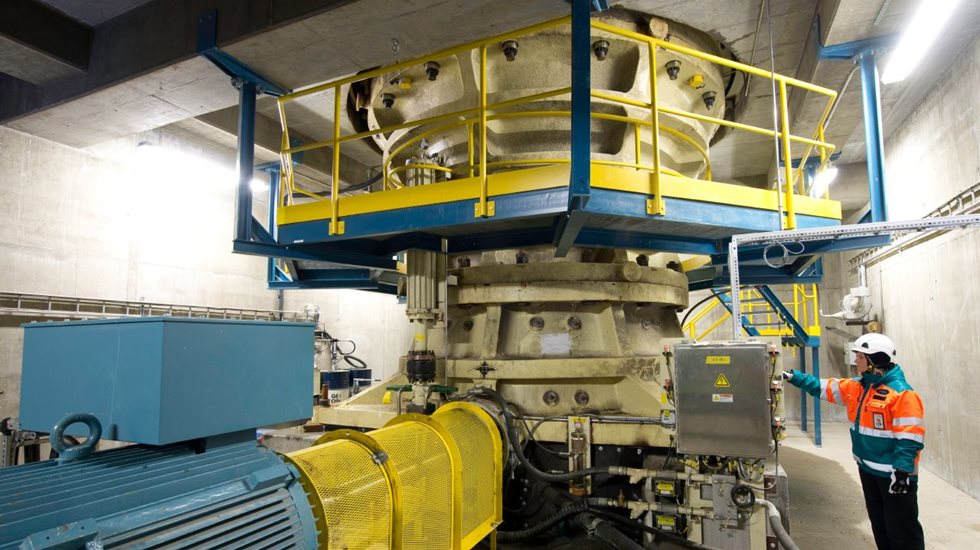Preventive
Implementing a preventive maintenance program is the best method of keeping a crusher in good operating condition for a long period. Preventive maintenance will include scheduled checks, inspections and services at regular time intervals as recommended by the rock crusher manufacturer.
Preventive maintenance is usually set up on a daily (8 hours), weekly (40 hours), monthly (200 hours), yearly (2,000 hours), and liner change schedule. Following the scheduled checks and inspections, adjustments are made and worn parts are replaced before a major crusher breakdown occurs. Preventive maintenance is a key component in maximizing the crusher’s life span.
Predictive
Refers to monitoring the condition of the rock crusher while it is in operation. This is accomplished by utilizing predictive maintenance tools available such as but not limited to, lubricating oil temperature sensors or thermometers, lubricating oil pressure sensors or gauges, lubricating oil tank return screen, lubricating oil filter condition indicator, crusher coast downtime, no-load head spin, lube oil analysis reports, crusher drive motor power draw readings, vibration sensor readings and completed daily operator crusher log sheets.
These predictive maintenance tools can be used to help learn and understand the rock crusher’s normal operating condition or characteristics. Once the normal operating condition or characteristics has been determined, any data collected that appears to be abnormal compared to the normal would indicate a crusher problem and warrant a closer investigation.
At this point, parts can be ordered and manpower can be scheduled well before the crusher experiences a failure. Making a crusher repair based on an abnormal operating condition will always be considered cost-effective.
Reactive
Here preventive and predictive maintenance is ignored and the crusher is allowed to operate, with no action taken to correct an abnormal condition, until the crusher actually experiences failure. This run-to-failure "don’t-fix-it-if-it-isn’t-broke" attitude reaps short term savings for the mine but results in massive crusher repair costs and interruptions in production as a small problem will eventually snowball into a catastrophic crusher failure.
Benefits from a well-elaborated maintenance plan
It has been well documented for years that if preventive and predictive maintenance is ignored, the rock crusher will experience poor on-line availability, incredibly high operating costs and a shortened life span. Implementing a preventive and predictive maintenance program is a key factor in extending or maximizing your crusher performance. Some mines make enough profit each year to offset the cost of continued and unnecessary replacement of crusher parts and lost revenue associated with crusher failure and long periods of downtime. At best, such organizations are earning less profit than they otherwise might enjoy; at worst, they are heading towards financial disaster.

